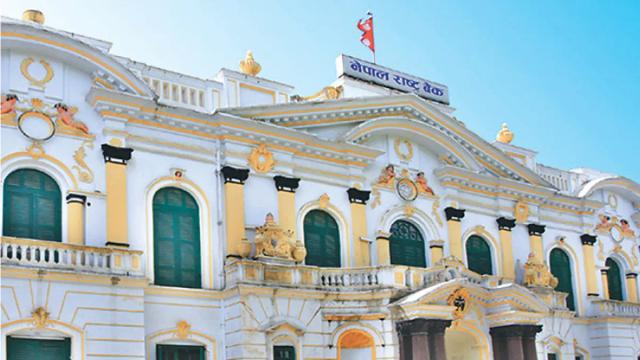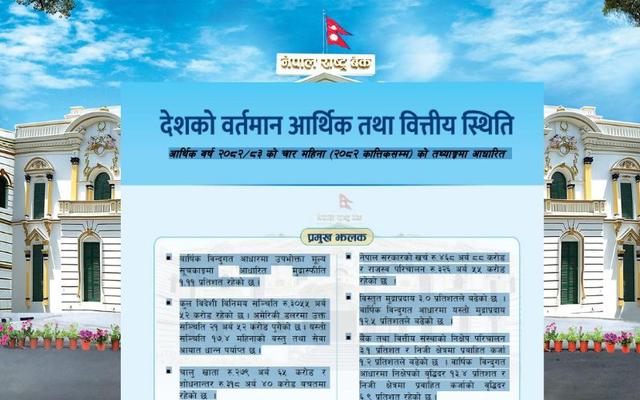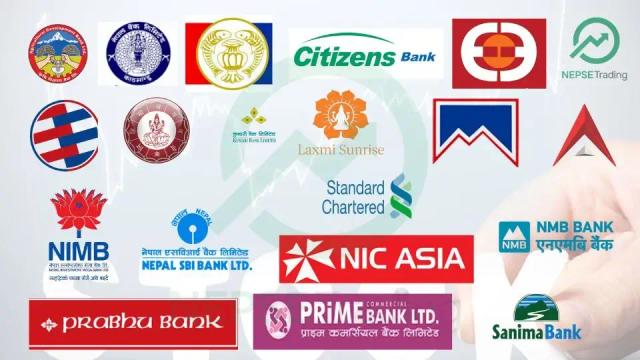Public Finance Trends Show Recovery in Revenue, Rebound in Expenditure Growth
Author
Nepsetrading

Nepal’s public finance indicators reveal a mixed yet improving fiscal trajectory over the past six fiscal years. The most recent data up to mid-April 2024/25 highlights a significant rebound in both revenue and expenditure growth, suggesting revived economic activities and better fiscal management.
From a historical perspective, revenue growth in 2019/20 was nearly stagnant at 0.2%, reflecting the early impact of the COVID-19 pandemic on government collections. This was followed by a robust rebound in 2020/21 and 2021/22, with revenue growth reaching 16.0% and 14.1% respectively. These improvements were largely driven by the reopening of the economy, resumption of trade, and increased domestic production and imports that boosted tax revenues. However, in 2022/23, revenue growth plunged to -9.3%, indicating a contraction likely caused by policy shifts, sluggish consumption, or reduced imports amid tightening monetary conditions.
In response to these dynamics, revenue growth regained momentum in 2023/24, registering 7.1% on an annual basis and accelerating further to 9.4% by mid-April. The latest figures for 2024/25 mid-April show revenue growth at a promising 11.1%, marking one of the strongest post-COVID fiscal recoveries. This suggests a positive economic turnaround and enhanced tax administration or compliance.
On the expenditure front, the government had maintained a cautious approach initially, with negative growth of -1.7% in 2019/20. However, expenditure rose significantly in 2020/21 and 2021/22, with growth rates of 9.7% and 9.5% respectively—reflecting increased spending on health, relief, and infrastructure. In 2022/23, the growth remained high at 8.5%, though slightly tempered. Interestingly, expenditure growth contracted again in 2023/24 with a -0.9% annual change, and by mid-April, it had dropped further to -3.6%. This indicates fiscal tightening, delayed capital spending, or underutilization of allocated budgets during that period.
The current fiscal year 2024/25, however, shows a sharp reversal with expenditure growth climbing back to 9.8% by mid-April. This points toward renewed government spending, possibly in infrastructure, capital projects, or pre-election budget disbursements.
Overall, the fiscal outlook appears optimistic. The simultaneous rise in both revenue and expenditure growth in the latest data suggests that the government is navigating towards a more balanced fiscal expansion, driven by stronger revenue collection mechanisms and targeted expenditure plans. Continued focus on capital spending efficiency, tax reform, and debt management will be key to maintaining this positive momentum.



